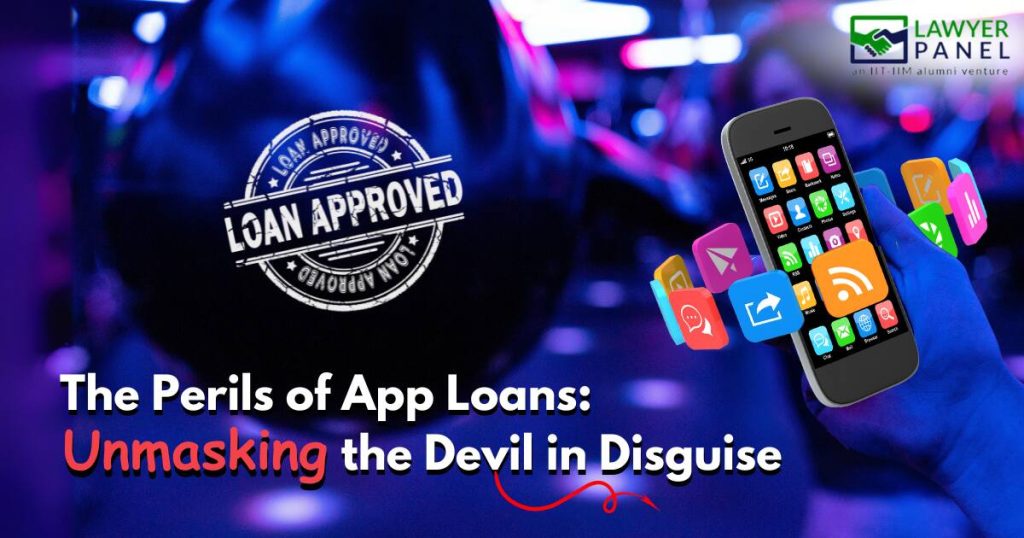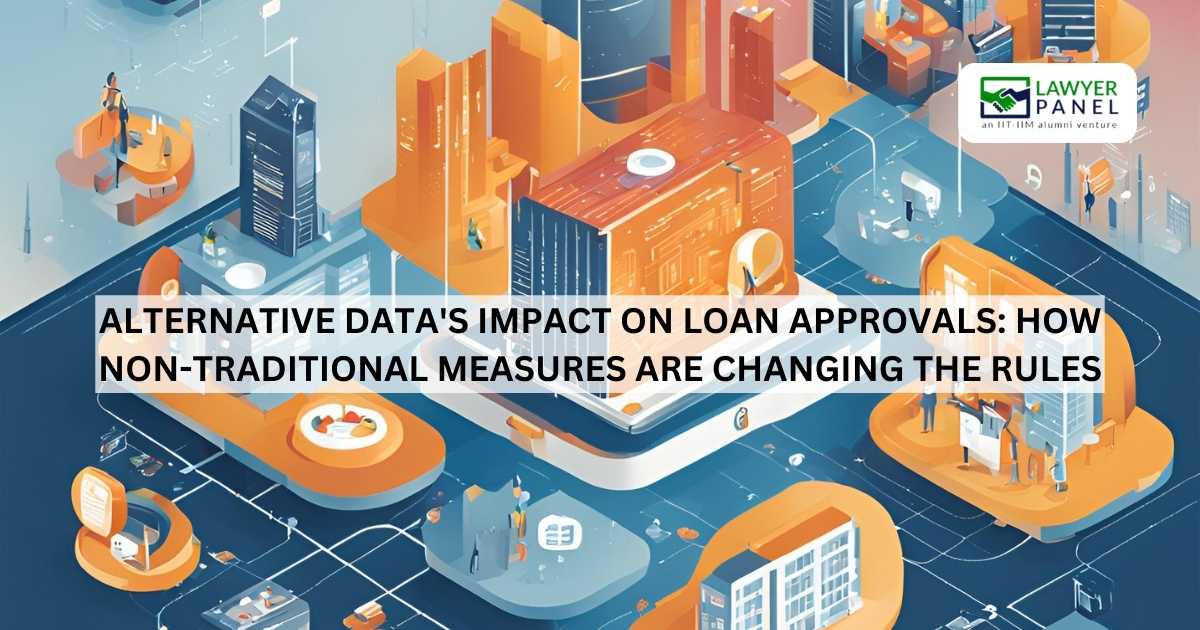Personal Loan · 3 min read
The Rising Threat of India’s Virtual Moneylenders
In the ever-evolving landscape of digital finance, the proliferation of illegal lending apps in India has become a pressing concern. These apps lure borrowers with promises of instant funds but subject them to exorbitant interest rates and aggressive debt collection tactics, leading to widespread harassment and financial distress. This blog delves into the rising threat posed by India’s virtual moneylenders, exploring how regulations fail to prevent harassment and proposing solutions to address this growing issue.

Threats and Harassment by Financial Institutions
The proliferation of digital loan applications offering instant financing at exorbitant interest rates, some as high as 500% annually, has surged in India. Recovery agents associated with these applications resort to intimidation tactics, including circulating photoshopped images on social media to coerce repayment. The Reserve Bank of India (RBI) has highlighted that the majority of these lending applications are not recognized businesses and calls for stringent enforcement measures by law enforcement authorities.
Despite efforts by the RBI to curb these practices, they persist, leading to unfortunate incidents of customer suicides due to prolonged exposure to aggressive debt collection methods. Many users find themselves trapped in a debt spiral, often rolling over their debt from one app to another.
Exploitation of Sensitive Data by Apps
Illegal loan applications exploit users by retrieving sensitive data from their devices. These apps, often found on social media platforms or through internet searches, offer various types of loans with promises of immediate funds without requiring extensive paperwork. However, upon download, users unwittingly provide access to their personal information, including contact details, bank documents, images, and videos. This data is then misused, with some borrowers’ family members receiving messages alleging fraudulent loans and even explicit images, tarnishing their reputations irreparably.
Unemployed Youth: Prime Targets
Young individuals, especially those unemployed, are prime targets for these loan apps, often reached through internet-based gaming and short video applications popular among youth. With millions of people in India lacking access to traditional banking services, informal moneylenders fill the gap, despite many being unregistered. These apps exploit the lack of credit assessment, allowing users to apply for immediate loans without evaluating their credit scores, making them vulnerable to exploitation.
Blackmails Escalating to Life Threats
Recovery agents employed by these apps resort to illicit means, including blackmail and threats, to extort money from borrowers. They manipulate images of borrowers’ family members and threaten to ruin their lives if repayment is not made, causing significant trauma to both borrowers and their families.
Challenges in Prevention Despite Legislation
Despite legislative efforts, harassment by illegal lending apps persists due to various challenges. Specialized regulations tailored to the digital era are lacking in India, making it difficult to combat such offenses effectively. Jurisdictional issues, as well as the unpreparedness of law enforcement agencies, further hinder efforts to curb these practices. Any non-banking financial organizations (NBFCs) engaged in unlawful lending transactions must face severe repercussions to deter such activities.
Conclusion
In conclusion, it is imperative to enforce stringent norms to curb the illegal activities of virtual moneylenders in the digital era. Consumers need to be aware of their rights and the guidelines provided by the RBI regarding harassment. Organizations like Lawyer panel strive to make a positive impact by improving the lives of borrowers and bridging the gap between them and financial institutions, one story at a time.
Register with us today at https://lawyerpanel.org to get started!



